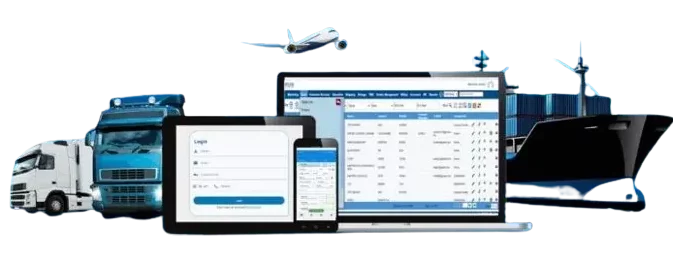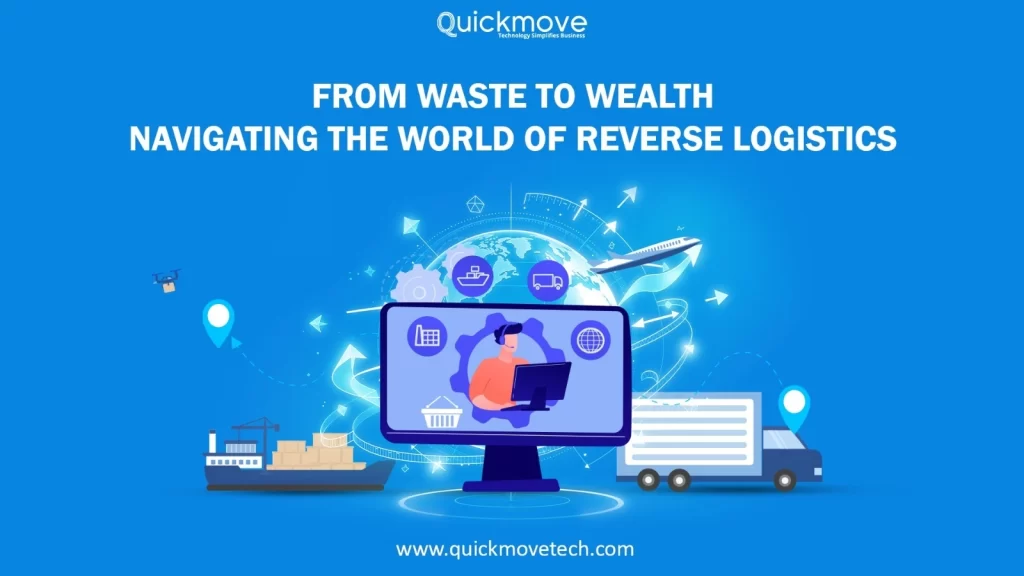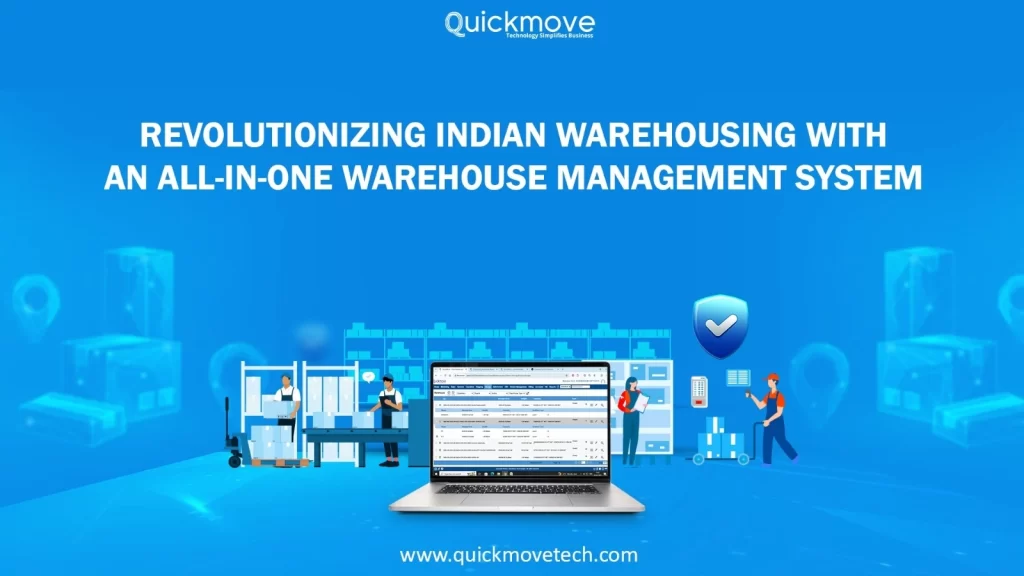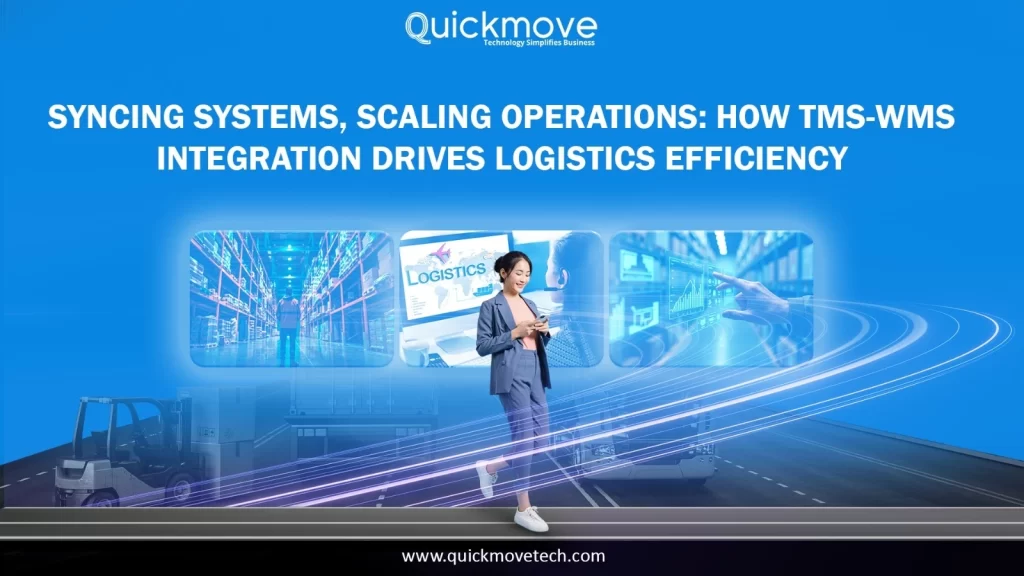In the rapid-paced business environment of today, a great majority of firms have their main concentration on delivering products to consumers. But what occurs when the products return? Returns, defects, and end-of-life products are generally regarded as an issue – an expense, a mess, a headache. Reverse Logistics is where that stops, turning what many view as “waste” into a golden opportunity for “wealth.”
What is Reverse Logistics?
Reverse logistics is, quite simply, getting goods from their usual final location through the supply chain again to capture value or dispose of them properly. It’s the opposite of your standard supply chain. It’s not merely a matter of processing returns; it’s an approach that can make a big difference in your bottom line, customer happiness, and even your reputation.
Types of Reverse Logistics Processes
The process of returning a product back up the supply chain is not one-size-fits-all. Various causes for return or recovery result in different forms of reverse logistics activities:
- Returns Management: This is the most common form of return, typically initiated due to customer dissatisfaction, product faults, incorrect size or color, or a simple change of mind. The objective is to process these returns effectively for refund, exchange, or re-stocking.
- Remanufacturing & Refurbishment: Worn-out or defective products are returned to restore them to “like-new” status. Remanufacturing consists of dismantling a product, fixing or replacing worn components, and reconstructing it. Refurbishing is a less rigorous process that may include cleaning, some repairs, and testing.
- Recycling & Material Recovery: On items that can’t be resold or renovated, material of value (plastics, metals, electronics) is recovered for reuse in new products. This is for sustainability and also for compliance with environmental regulations.
- Waste Disposal: As a last resort, once products or components thereof have no residual value and cannot be recycled, they need to be disposed of in a responsible and environmentally compliant way.
- Unsold Products/Recalls: Handling inventory that failed to sell or products that must be recalled from the market because of defects or safety issues.
- Packaging Reuse: Reusing shipping containers, pallets, and other packaging materials to save costs and minimize waste.
Advantages of Adopting Effective Reverse Logistics
Adopting a specialized and effective reverse logistics service is not merely about handling issues; it’s about taking advantage of opportunities that yield multiple concrete advantages:
- Cost Savings: By effectively processing return, recovering product value (resale, refurbishment), and maximizing disposal of non-recoverable products, businesses can minimize losses due to returns and waste.
- Improved Profitability: By placing salvageable products back into the sales cycle quickly, companies can tap new streams of revenue from products that otherwise may be written off as loss.
- Improved Customer Experience and Loyalty: A smooth, transparent, and hassle-free return process can turn a potentially negative situation into a positive one. This builds trust, enhances customer satisfaction, and encourages repeat purchases, fostering long-term loyalty.
- Enhanced Brand Reputation and Sustainability: Demonstrating a commitment to environmental responsibility through efficient recycling, remanufacturing, and responsible disposal improves your brand image. Consumers increasingly prefer brands with strong eco-friendly practices.
- Competitive Edge: Businesses with better reverse logistics can provide more flexible and appealing return policies, gaining more customers and being more competitive in a saturated marketplace.
- Improved Information Insights: A managed reverse flow gives useful information about defective products, typical reasons for returns, and quality problems, which can be cycled back into product design and manufacturing to avoid future issues.
Why Businesses Ought to Implement It Now
With the era of carefree online shopping and tighter and tighter environmental regulations, effective reverse logistics is no longer a choice – it’s an imperative to survival and success.
- Inflation of E-commerce Returns: As far as e-commerce sales go through the roof, so do the returns. Consumers anticipate convenient, hassle-free return processes. If your process is cumbersome, sluggish, or aggravating, you’ll lose that customer forever in a fiercely competitive marketplace.
- Regulatory Pressure and Sustainability: Governments and consumers are insisting on greener practices. Sound reverse logistics facilitates recycling, remanufacturing, and environmentally sound disposal, eliminating landfilling and ensuring compliance with changing environmental regulations. Noncompliance can result in substantial fines and damage to the company’s reputation.
- Untapped Value Recovery: Not every returned item is garbage. Most can be refurbished, resold, or their valuable parts harvested. With an inadequate reverse logistics process, such great value recovery opportunities are lost, and it is directly affecting your bottom line.
- Operational Efficiency: Manually or randomly handling returns creates disorganized warehouses, wasteful labor utilization, and higher operating expenses. A properly defined reverse logistics process instills order and efficiency.
- Data-Driven Decisions: Having the right reverse logistics in place enables you to gather and track information on returns. Why are customers bringing products back? What are the most frequent defects? This information is priceless in enhancing product quality, supply chain operations, and even supplier relationships.
The Role of a Warehouse Management System (WMS)
To excel at reverse logistics, technology is essential. A good warehouse management system (WMS) is a game-changer. Historically, a WMS is used to get product out of the warehouse. But an advanced, smart WMS is equally important for handling the incoming flow of returned merchandise.
Here’s how a WMS transforms reverse logistics:
- Precise Tracking and Visibility: A WMS gives you real-time visibility for every returned item. You know precisely where it is, its status, and its disposition path, and there is no guesswork or lost inventory.
- Streamlined Receiving and Inspection: The WMS can automate the receiving process for returns, walk employees through inspection procedures, classify items by condition, and send them to the proper area (e.g., “resale,” “repair bay,” “scrap”).
- Optimized Storage and Space Utilization: Returns tend to arrive in unexpected quantities and quality. A WMS assists in optimizing storage locations, keeping clutter minimal and warehouse space to a maximum, either for items pending inspection or those available for resale.
- Effective Processing and Disposition: By connecting with other systems (such as your e-commerce website or ERP), a WMS may automatically initiate subsequent steps upon the outcome of inspections – making refunds, submitting repair orders, or arranging recycling pickups. This accelerates processing and minimizes errors.
- Data Analysis and Reporting: A WMS amasses useful information on reasons for return, product condition, and processing time. Such information is capable of being analyzed to determine trends, enhance the quality of the product, and streamline your reverse logistics plan for even higher levels of efficiency and cost savings.
In summary, reverse logistics is no longer an edge operation but a strategic necessity. By embracing it, learning about its intricacies, and tapping into robust utilities such as a sophisticated warehouse management system, businesses can convert the problem of returned goods into a potent force for efficiency, sustainability, and ultimately, turning “waste” into great “wealth.” It’s a cost that pays off throughout your whole business.




